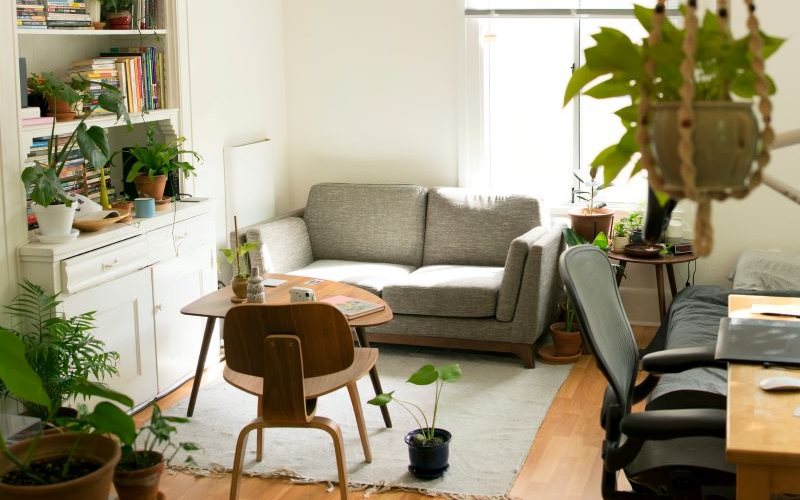In a discussion paper released yesterday, the Australian Prudential Regulation Authority (APRA), announced it would change the framework in how it grants banking licences.
The changing framework includes: "Focusing applicants and new entrants on longer term sustainability rather than the short-term ambition of receiving a licence and becoming an ADI".
An 'Authorised Deposit-taking Institution' (ADI) is a banking licence granted to financial institutions so they can take deposits, as well as lend money.
"Achieving an ADI licence is a milestone, not a destination, given the considerable development that continues in the years following authorisation. While there remain two pathways to authorisation, the desired destination is the same: sustainability," APRA's paper said.
Other stipulations include new entrants having more advanced planning for an exit, increased transparency to stakeholders of capital requirements, and that "entities should launch products before being granted an ADI licence".
"This revised approach effectively targets key risks for new entrants, setting a higher bar for gaining a bank licence, while enhancing competition by making it more likely new entrants can find their feet and gain a firm foothold in the market," APRA's deputy chair John Lonsdale said.
As a result of raising barriers to entry, APRA forecasts that there could be fewer licence applications.
This follows Xinja's exit from banking, and NAB's planned purchase of 86 400 within four years of the bank launching.
Yesterday, Volt announced it has teamed up with finance platform Railsbank to distribute Volt's products, with Volt not having a publicly live product two years after being granted an ADI.
However, it has amassed 8,000 customers and $85 million in deposits with the savings account in 'beta'.
APRA is welcoming submissions to the revised framework until the end of April.
Buying a home or looking to refinance? The table below features home loans with some of the lowest interest rates on the market for owner occupiers.
| Lender | Home Loan | Interest Rate | Comparison Rate* | Monthly Repayment | Repayment type | Rate Type | Offset | Redraw | Ongoing Fees | Upfront Fees | Max LVR | Lump Sum Repayment | Extra Repayments | Split Loan Option | Tags | Features | Link | Compare | Promoted Product | Disclosure |
|---|---|---|---|---|---|---|---|---|---|---|---|---|---|---|---|---|---|---|---|---|
5.54% p.a. | 5.58% p.a. | $2,852 | Principal & Interest | Variable | $0 | $530 | 90% |
| Promoted | Disclosure | ||||||||||
5.49% p.a. | 5.40% p.a. | $2,836 | Principal & Interest | Variable | $0 | $0 | 80% |
| Promoted | Disclosure | ||||||||||
5.64% p.a. | 5.89% p.a. | $2,883 | Principal & Interest | Variable | $250 | $250 | 60% |
| Promoted | Disclosure | ||||||||||
5.64% p.a. | 5.89% p.a. | $2,883 | Principal & Interest | Variable | $248 | $350 | 60% |
| Disclosure |
Home loan rate rises a sign of things to come?
Speaking of neobanks, Adelaide Bank (which shares an ADI licence with Up Bank) raised two home loans by 54 basis points today, or a little over half a percentage point.
These rate rises were:
- Owner Occupier SmartFix P&I 5 Years: Up to 2.88% p.a. (3.02% p.a. comparison rate*)
- Owner Occupier SmartSaver P&I 5 Years: Up to 2.88% p.a. (2.83% p.a. comparison rate*)
'SmartFix' and 'SmartSaver' home loans fixed for four years were also raised by 29 basis points, and the SmartFix and SmartSaver products fixed for four years for investors were raised by 10 basis points.
These rate rises, while from just one lender, could be a sign that banks are predicting a rate rise sooner than the Reserve Bank has said.
Positive jobs data released yesterday, up to pre-COVID levels, is one factor in financial markets 'pricing in' at least one 25 basis point rate rise by the end of next year and an additional hike in 2023, according to the Australian Financial Review.
The Reserve Bank's Term Funding Facility is also set to be re-tooled from July, ending billions in low-cost funding for banks, which some pundits predict will spell an end to 'record low' fixed home loan rates.
With that said, it was a busy week for home loan rate cuts, with NAB, and Homestar slashing interest rates on fixed products.
Photo by Karla Hernandez on Unsplash

Ready, Set, Buy!
Learn everything you need to know about buying property – from choosing the right property and home loan, to the purchasing process, tips to save money and more!
With bonus Q&A sheet and Crossword!





.jpg)

 Harrison Astbury
Harrison Astbury